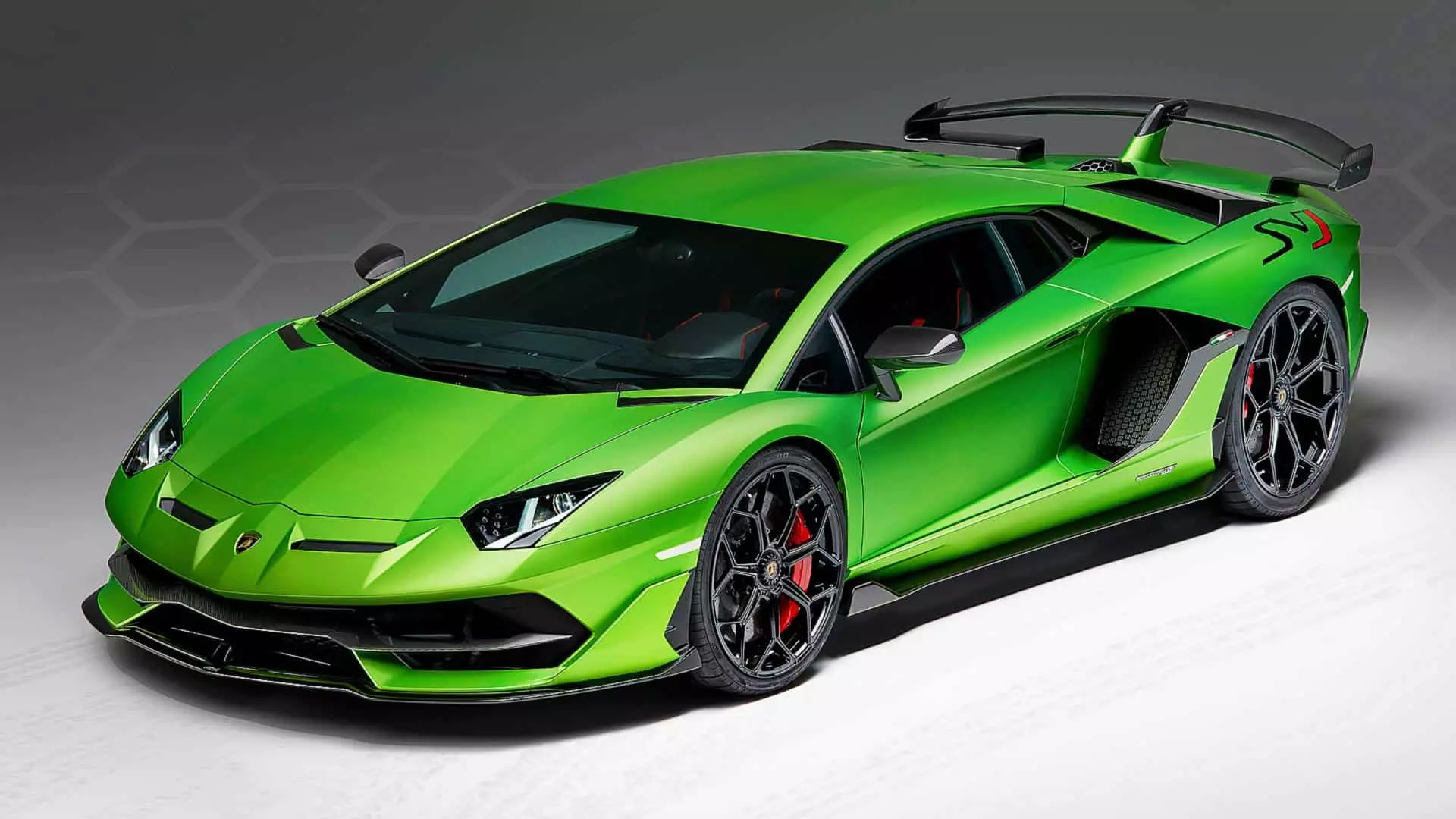Automobili Lamborghini’s recent foray into the metaverse signals more than just innovation; it reveals a nuanced repositioning of Italian luxury in an increasingly digital-centric world. While some enthusiasts may herald this as a bold step into the future, others rightly question whether this pivot is a strategic necessity or a superficial attempt to stay relevant. The launch of Fast ForWorld, Lamborghini’s proprietary platform, suggests an understanding that contemporary consumers crave immersive, interactive experiences that transcend mere physical performance. Yet beneath the glossy surface lies a core question: is Lamborghini genuinely embracing the digital age or merely chasing fleeting trends?
What’s remarkable is the apparent shift from traditional craftsmanship to virtual assets—NFTs of their latest models like the Temerario and GT3—setting a dangerous precedent. This mashes high-end automotive engineering with digital collectibles, a move that could dilute the brand’s exclusivity if not handled carefully. The risk is that luxury’s intangible allure might be overshadowed by the hype surrounding virtual ownership, opening doors to commodification at odds with Lamborghini’s heritage of rarity and craftsmanship.
Are Virtual Cars a Genuine Progress or a Digital Mirage?
The collaboration with Wilder World and Animoca Brands aims to forge a seamless bridge between physical and virtual vehicles, heralding a “digital twin” concept. While this could be a groundbreaking way to engage the younger, tech-savvy demographic, it also prompts skepticism: are these NFTs merely digital souvenirs, or do they hold real value in the broader automotive ecosystem? If Lamborghini continues down this path, the concern is whether subsequent virtual experiences will diminish the tangible thrill of driving a real Lamborghini, the very essence that built its fame.
Furthermore, integrating these digital assets into Wilder World’s expansive open-world metaverse—where racing, shooting, and social events coexist—may turn the brand into a virtual entertainment provider rather than a purveyor of automotive excellence. As the lines blur between automotive passion and gaming entertainment, there is a danger that Lamborghini’s identity could be compromised, perceived more as a Silicon Valley novelty than a symbol of timeless engineering.
The Cultural Relevance Dilemma: Innovation or Overreach?
The move into Web3 and metaverse integration underscores a strategic gamble—if successful, it could position Lamborghini at the forefront of luxury automotive brands in the digital age. However, it also raises questions about cultural relevance. Is this shift a core reflection of Lamborghini’s values, or a superficial attempt to align with the latest tech buzzwords? With traditional luxury rooted in craftsmanship, heritage, and exclusivity, this digital pivot risks alienating the core demographic while trying to attract a new, digital-native audience.
In the broader political context, this could be seen as a case of the luxury market leaning into cultural trends in the pursuit of survival, risking watering down a brand’s prestige to chase perceived relevance. The reality is that true luxury charismatic brands are built on narrative, tradition, and tangibility—elements that are complex to translate into pixels. If Lamborghini’s digital ambitions aren’t carefully calibrated, they risk turning into a new form of fast-fashion luxury, eroding long-standing brand equity.
Interoperability and Industry Partnerships: A Double-Edged Sword
The integration of Lamborghini’s digital assets across various platforms, backed by major players like Samsung and NVIDIA, hints at an ambitious interoperability strategy. The promise is that these virtual models can morph seamlessly between different apps and virtual worlds, creating a decentralized digital ecosystem. While this might seem futuristic, it also exposes Lamborghini to network effects outside its control—digital assets can be copied, manipulated, or devalued outside the original context.
Such interoperability, while appealing in theory, threatens to commodify what was once irreplaceably exclusive. If the virtual Lamborghini becomes just another digital asset in a sea of NFTs, its uniqueness—and by extension, Lamborghini’s prestige—could be diluted. This convergence of tech giants and brands might foster innovation, yet it also opens the door to unintended consequences: loss of control, devaluation, and ultimately, a disconnect between the physical and digital brand narratives.
The High Risk of Riding the Next Digital Wave
Lamborghini’s venture into the metaverse signifies a broader industry trend: the desire to stay ahead in an era of rapid technological change. But it also exemplifies how high-profile brands can stumble when they prioritize innovation over their core values. The success of this digital expansion will ultimately depend on whether it enhances the brand’s storytelling or just panders to the hype. If Lamborghini fails to balance digital innovation with its heritage of exclusivity and craftsmanship, it risks becoming just another player in the crowded world of virtual collectibles.
In contemplating Lamborghini’s bold move, one must consider whether it’s a genuine evolution driven by strategic foresight or a risky gamble rooted in the fear of obsolescence. The luxury automotive icon has always thrived on rarity and emotional connection—traits that are far harder to digitize convincingly. If these are sacrificed at the altar of digital trends, Lamborghini’s future might not be the high-performance powerhouse it once was, but a fleeting digital flash in an ever-changing universe of virtual assets.

